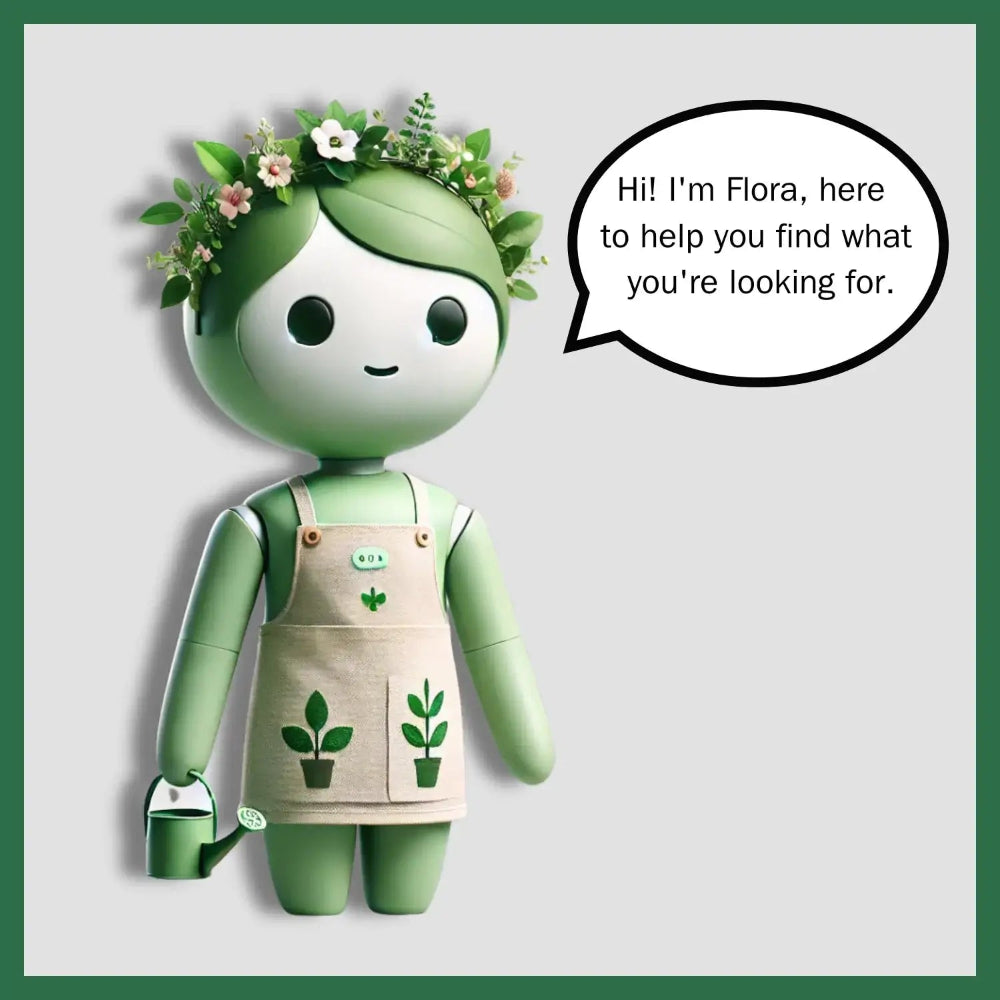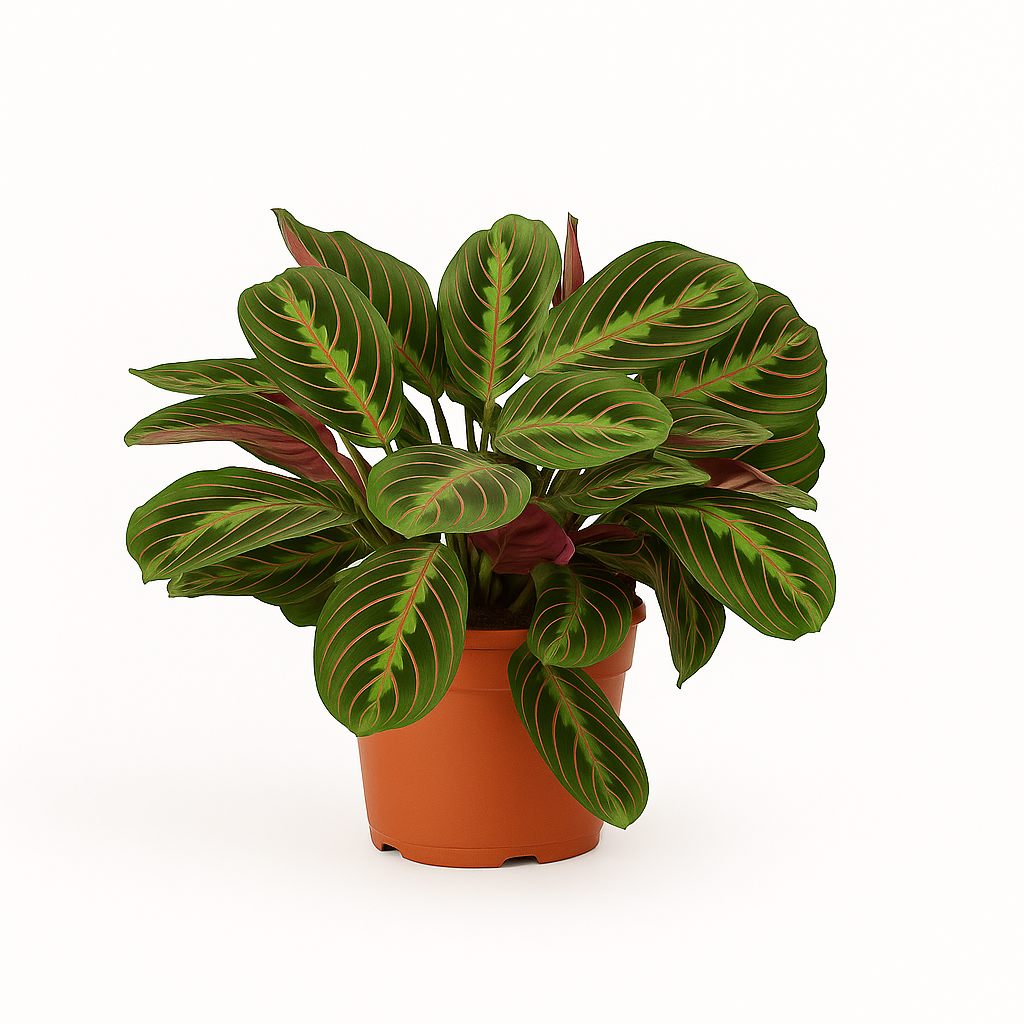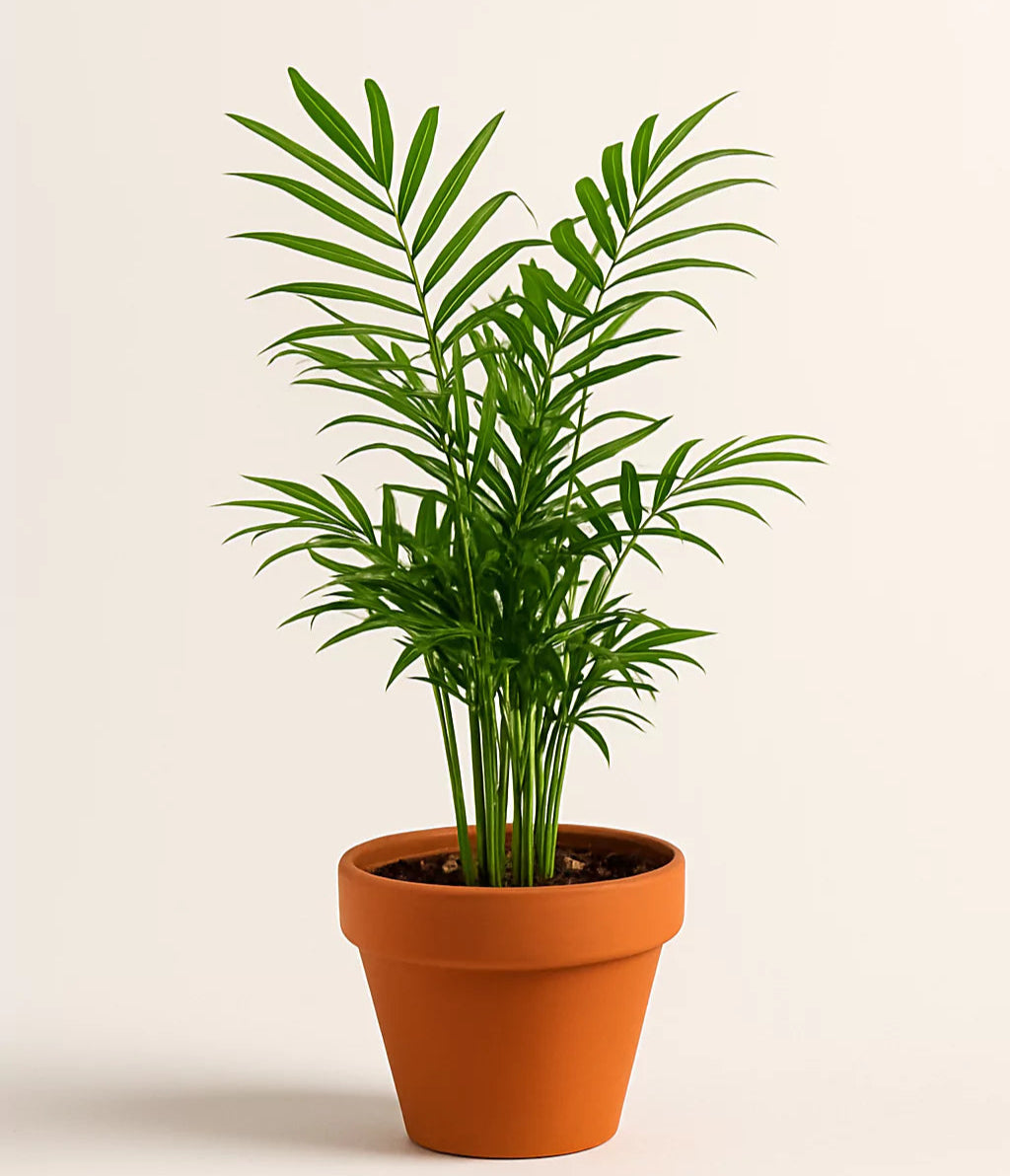Understanding USDA Plant Hardiness Zones
The USDA Plant Hardiness Zone Map is the standard by which gardeners and growers determine which plants are most likely to thrive in a specific location. Understanding your growing zone is essential for selecting houseplants that will flourish in your climate, especially if you plan to move plants outdoors seasonally or grow them near windows with temperature fluctuations.
What Are Plant Hardiness Zones?
Plant hardiness zones are geographic areas defined by their average annual minimum winter temperature. The USDA divides North America into 13 zones, with Zone 1 being the coldest (-60°F to -50°F) and Zone 13 the warmest (60°F and above). Each zone represents a 10°F difference in the average annual minimum winter temperature, helping gardeners make informed decisions about plant selection and outdoor placement.
USDA Hardiness Zone Map

Complete Zone Breakdown by Temperature
- Zone 1: -60°F to -50°F (Interior Alaska, high mountain regions)
- Zone 2: -50°F to -40°F (Northern Alaska, northern Minnesota)
- Zone 3: -40°F to -30°F (Northern states, high elevations)
- Zone 4: -30°F to -20°F (Northern tier states)
- Zone 5: -20°F to -10°F (Midwest, northern coastal areas)
- Zone 6: -10°F to 0°F (Mid-Atlantic, lower Midwest)
- Zone 7: 0°F to 10°F (Southern Midwest, mid-Atlantic)
- Zone 8: 10°F to 20°F (Pacific Northwest, southern states)
- Zone 9: 20°F to 30°F (Gulf Coast, southern California)
- Zone 10: 30°F to 40°F (Southern Florida, southern California)
- Zone 11: 40°F to 50°F (Hawaii, southern Florida Keys)
- Zone 12: 50°F to 60°F (Puerto Rico, Hawaii)
- Zone 13: 60°F and above (Hawaii, tropical regions)
Why Growing Zones Matter for Houseplants
While most houseplants are grown indoors in controlled environments, understanding hardiness zones is important for several reasons:
- Seasonal Outdoor Placement: Many tropical houseplants benefit from spending summer months outdoors. Knowing your zone helps you determine safe timing for this transition and when to bring plants back inside before the first frost.
- Window Placement: Plants near windows can experience significant temperature drops in winter, especially in colder zones. Understanding your zone helps you protect sensitive tropical plants from cold damage.
- Patio and Balcony Gardens: If you're growing plants in outdoor containers, zone information is critical for plant survival and helps you choose varieties that can tolerate your local climate.
- Year-Round Outdoor Potential: Some popular houseplants like snake plants and certain pothos varieties can be grown outdoors year-round in warmer zones (9-13), creating beautiful landscape features.
How to Find Your Growing Zone
To determine your specific hardiness zone:
- Visit the official USDA Plant Hardiness Zone Map website
- Enter your ZIP code for precise zone information
- Note both your main zone and sub-zone (a or b) for more accuracy—sub-zones represent 5°F differences within each zone
- Consider microclimates in your specific location that may affect plant hardiness
Popular Houseplants and Their Hardiness Zones
Here's how popular houseplants from our best sellers collection relate to outdoor hardiness zones:
- Pothos (Epipremnum aureum): Hardy outdoors in zones 10-12 | Read our complete pothos care guide
- Snake Plant (Sansevieria): Hardy outdoors in zones 9-11
- Monstera Deliciosa: Hardy outdoors in zones 10-12
- ZZ Plant (Zamioculcas zamiifolia): Hardy outdoors in zones 9-11
- Fiddle Leaf Fig (Ficus lyrata): Hardy outdoors in zones 10-12
- Spider Plant (Chlorophytum comosum): Hardy outdoors in zones 9-11
- Peace Lily (Spathiphyllum): Hardy outdoors in zones 10-12
- Chinese Evergreen (Aglaonema): Hardy outdoors in zones 10-12
- Parlor Palm (Chamaedorea elegans): Hardy outdoors in zones 10-11
Zone-Specific Tips for Houseplant Care
Cold Climate Zones (1-6)
If you live in zones 1-6, be extra cautious with window placement during winter months. According to University of Minnesota Extension, plants near windows can experience temperatures 10-20°F cooler than the rest of the room. Wait until nighttime temperatures consistently stay above 55°F before transitioning tropical plants outdoors, typically late May to early June.
Moderate Climate Zones (7-8)
Zones 7-8 offer excellent flexibility for houseplant enthusiasts. You can safely move most tropical plants outdoors from mid-April through October. Consider creating a flowering plant display on your patio during the growing season.
Warm Climate Zones (9-13)
In zones 9-13, many houseplants can thrive outdoors year-round with proper shade and moisture. The University of Florida IFAS Extension recommends providing afternoon shade and consistent moisture for tropical plants grown outdoors in these zones.
Understanding Microclimates in Your Home and Garden
Remember that your home and property create their own microclimates that can differ from your official hardiness zone. Factors that affect your growing conditions include:
- Urban Heat Islands: Cities can be 1-2 zones warmer than surrounding rural areas
- Heating and Air Conditioning: Indoor climate control systems maintain consistent temperatures
- Window Quality and Insulation: Older windows may allow more temperature fluctuation
- Humidity Levels: Indoor heating in winter can drop humidity to 10-20%, while tropical plants prefer 40-60%
- Sun Exposure and Direction: South-facing windows receive the most intense light and heat
- Proximity to Doors and Drafts: Entryways can expose plants to temperature shocks
- Protected Areas: Covered patios or areas near buildings may be warmer than open spaces
First and Last Frost Dates by Zone
Understanding your area's frost dates is crucial for safely transitioning houseplants outdoors. Here are general guidelines:
- Zones 1-3: Last frost: late May to early June | First frost: late August to early September
- Zones 4-5: Last frost: mid to late May | First frost: late September to early October
- Zones 6-7: Last frost: mid-April to early May | First frost: mid to late October
- Zones 8-9: Last frost: late March to early April | First frost: mid-November to early December
- Zones 10-13: Frost-free or rare frost events
Always check your local National Weather Service for specific frost date predictions in your area.
Using This Guide with Our Plant Collection
When browsing our complete plant collection, you'll find hardiness zone information helpful for:
- Determining whether plants can summer outdoors in your area
- Understanding if they could potentially be grown outdoors year-round in your zone
- Planning seasonal plant rotations between indoor and outdoor spaces
- Identifying cold-sensitivity considerations for your specific climate
- Selecting the right plants for covered patios or sunrooms
While we ship healthy, thriving houseplants ready for indoor enjoyment anywhere in the continental US, knowing the hardiness zones gives you flexibility in how you care for and display your plants throughout the year. Explore our new arrivals to find your next plant companion!
Additional Resources
For more information about plant hardiness and care:
- USDA Plant Hardiness Zone Map - Official interactive map
- Old Farmer's Almanac Frost Dates - Local frost date calculator
- University of Minnesota Extension - Houseplant Care
- University of Florida IFAS - Houseplants
Ready to start your indoor garden? Browse our best-selling plants and use this zone guide to maximize your plant care success!







